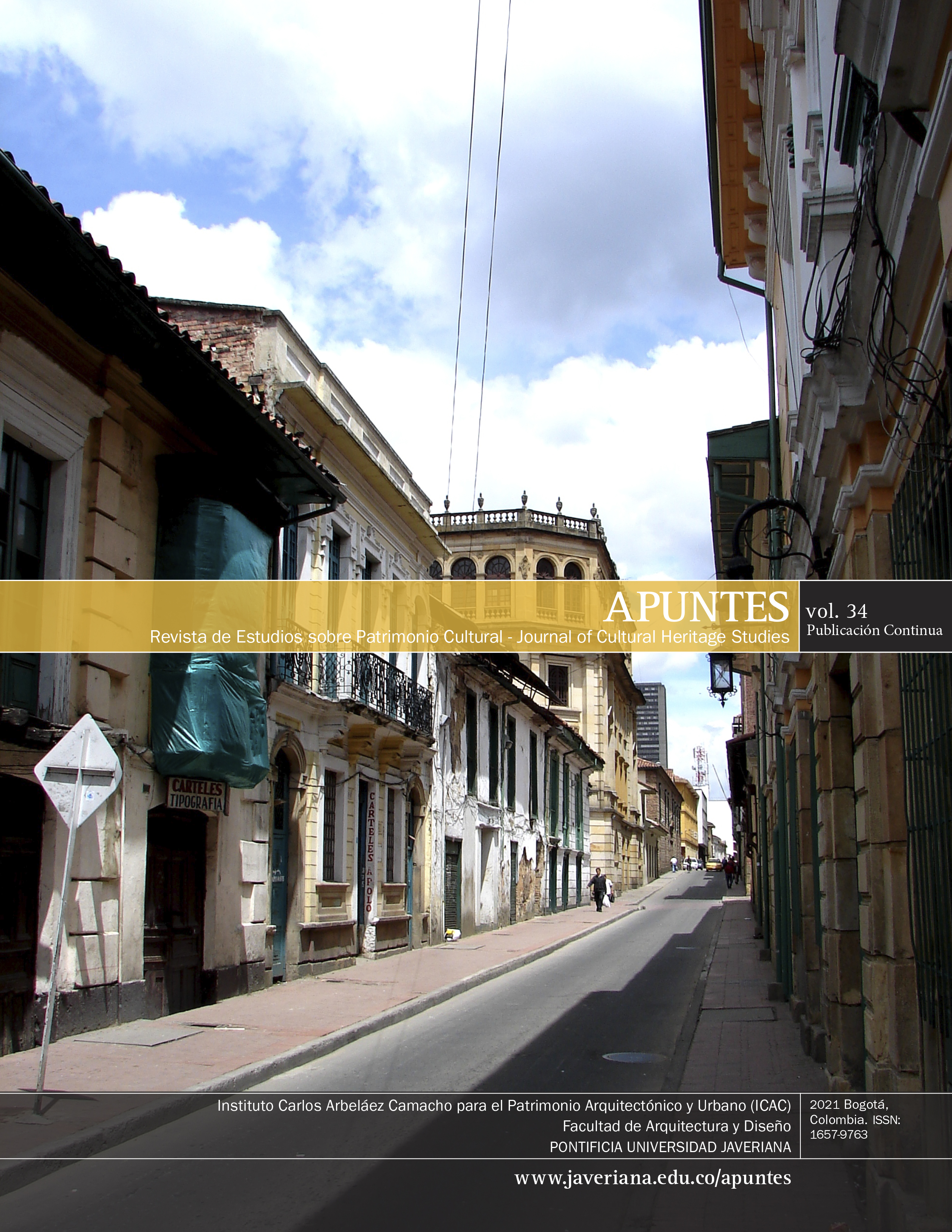Abstract
Montessori says that “play is defined as a ludic activity with specific purposes”. Protectors of Cultural Heritage is both a ludic proposal and a educative resource that was put into practice during 2019 in different educational institutions in San Andrés de Giles, a district in the Buenos Aires Province (Argentina) and was included in the Plan for the Protection and Safeguard of the cultural heritage of San Andrés de Giles (Buenos Aires Province, Argentina). This play allowed identifying and analyzing the properties of cultural and architectonic heritage and the consequences of either destroying or preserving them. This work describes in detail the implementation of such resource in the classroom and how the educative community has assimilated it (teachers and pupils).
Andreu-Andrés, M., & García-Casas M. G. (2000). Actividades lúdicas en la enseñanza de LFE: el juego didáctico. I Congreso Internacional de Español para Fines Específicos (pp. 121-125). Centro Virtual Cervantes. https://cvc.cervantes.es/ensenanza/biblioteca_ele/ciefe/pdf/01/cvc_ciefe_01_0016.pdf
CENSO 2010, Argentina. INDEC.
Chacón, P. (2008). El Juego Didáctico como estrategia de enseñanza y aprendizaje ¿Cómo crearlo en el aula? Nueva Aula Abierta, 16, 1-8.
González, M. Á. (2008). El juego infantil, su estudio y como abordarlo. Innovación y Experiencias Educativas, (13), 1-8.
Piaget, J. (1991). Seis estudios de psicología. Editorial Labor, S.A.
Ponce Huertas, C. (2009). El juego como recurso educativo. Innovación y Experiencias Educativas, (19), 1-9.
Porras, O. Y. (s.f.). El juego, un recurso educativo en el aprendizaje de las matemáticas. Proyecto Medios Educativos.

This work is licensed under a Creative Commons Attribution 4.0 International License.


